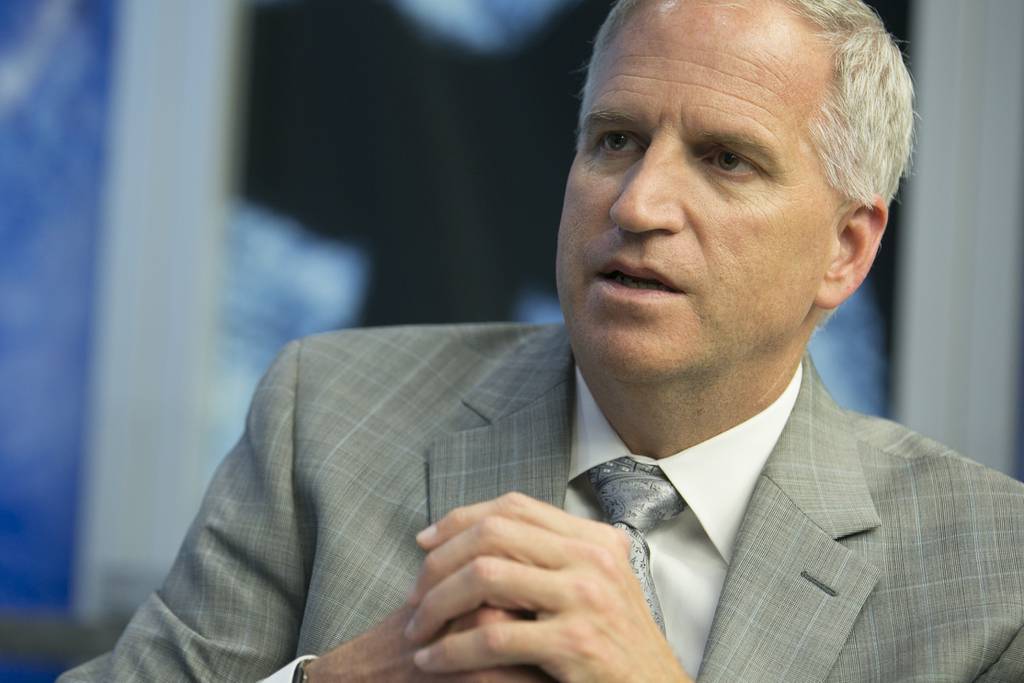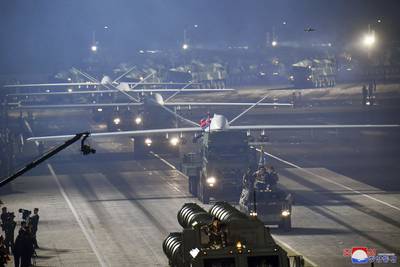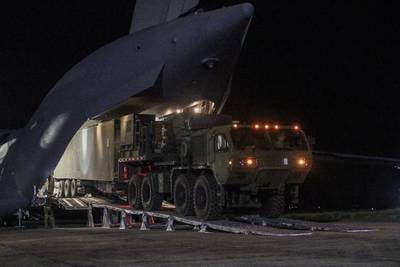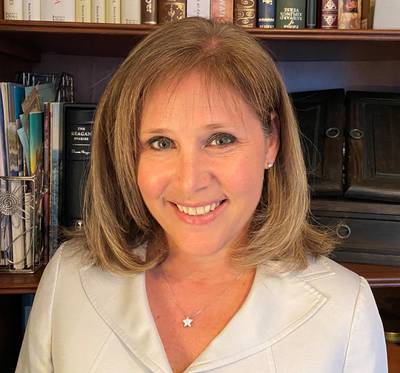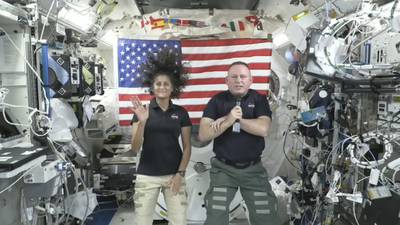The geospatial intelligence environment has changed, but officials at the National Geospatial-Intelligence Agency have been slow to adapt, according to Robert Cardillo, the organization’s former director.
“I call them recovering monopolists. In their heads, intellectually, we know that we’re not in control of everything, but our muscle memory, our contracting rhythm, our clearance process, is still kind of stuck," said the former director.
Cardillo stepped down as director of the NGA back in February after more than four years leading the agency in charge of mapping the world and providing geospatial intelligence to the intelligence community and policy makers. Cardillo has a long history with GEOINT, having started his intelligence career as an imagery analyst at the Defense Intelligence Agency in 1983, when the government was really the only provider of GEOINT.
“When I was welcomed into the profession, what was clear is that it was a very closed group/profession. Highly classified. Exclusive technology, capacity and capability and very narrowly applied,” said Cardillo at a Sept. 28 event hosted by the United States Geospatial Intelligence Foundation.
“So if you were my customer, I could bring you something no one else can bring. So that was then.”
Now, many of the capabilities that were unique to the NGA or previous intelligence organizations are commercially available. There’s an actual market for commercial satellite imagery with numerous providers, and other companies provide analysis or develop software to process the data. Other nations have developed their own satellite capabilities as well.
Today, the agency has to look at the other things being brought to the table that it does not directly control, from commercial imagery to analysis from academia to data shared by international partners. The NGA’s role has evolved from sole provider to a synthesizer of multiple GEOINT streams.
That evolution hasn’t been perfectly smooth, said Cardillo, and the agency’s institutions haven’t fully caught up to the new reality.
Now on the outside, Cardillo says he wants to help those still with the NGA and government to embrace commercial, academic and foreign capabilities and incorporate them into NGA intelligence.
“I do think, though, where the government is in a good position is that at least in any 12 step program you’ve got to [admit] you’ve got a problem. I think the government’s clearly there. I think the question now is how best we can work across these kinds of input streams in a way that creates the outcome we all need,” he said.
“Thus, I think the government obviously will have a huge enabling role. Sometimes it will just be getting out of the way and accepting the fact that what we used to do uniquely is now being done broadly.”
Nathan Strout covers space, unmanned and intelligence systems for C4ISRNET.
